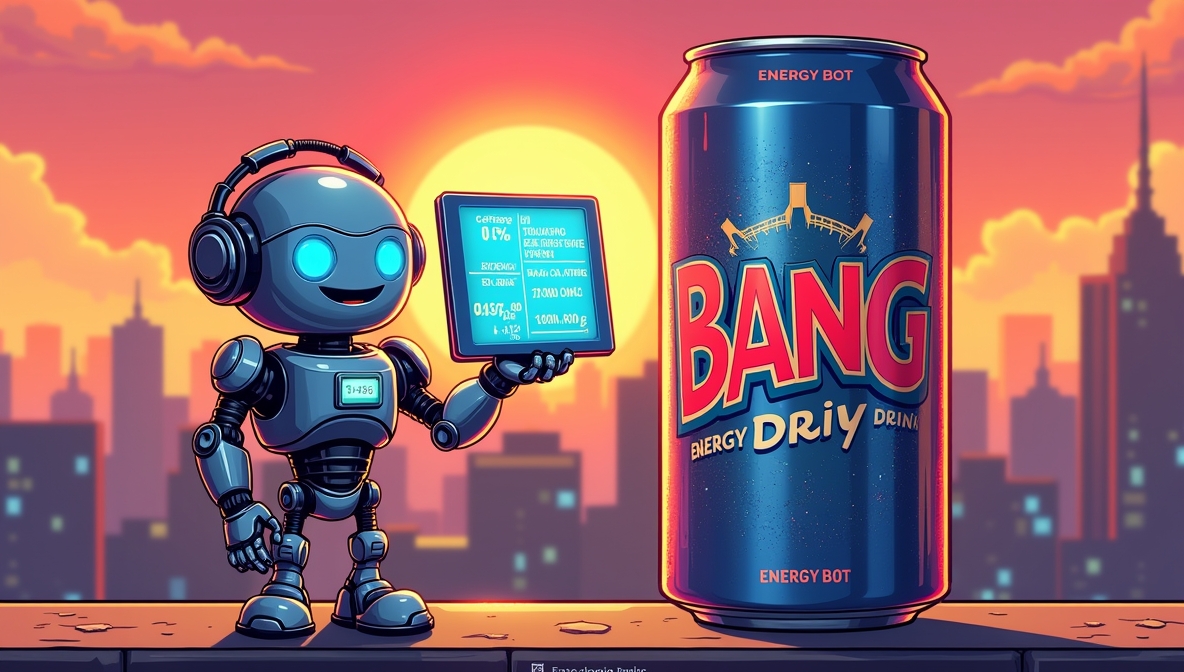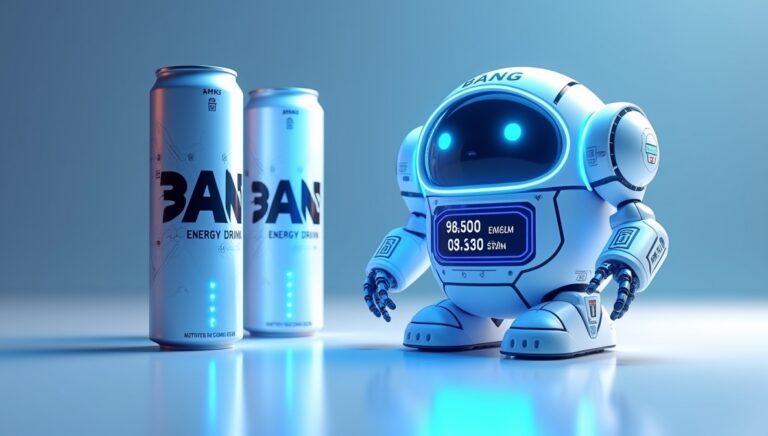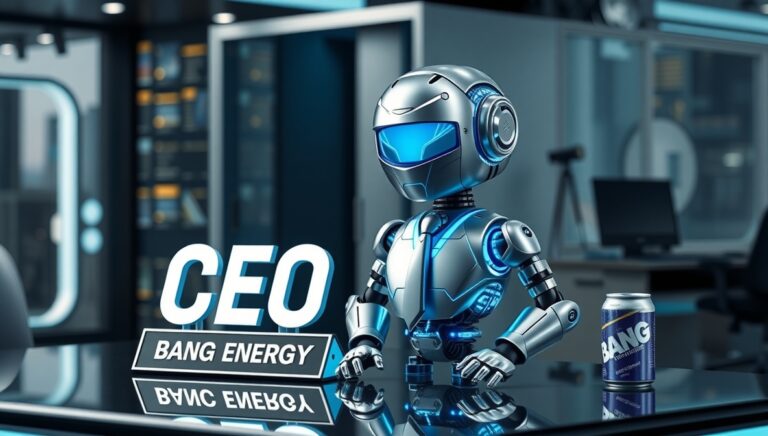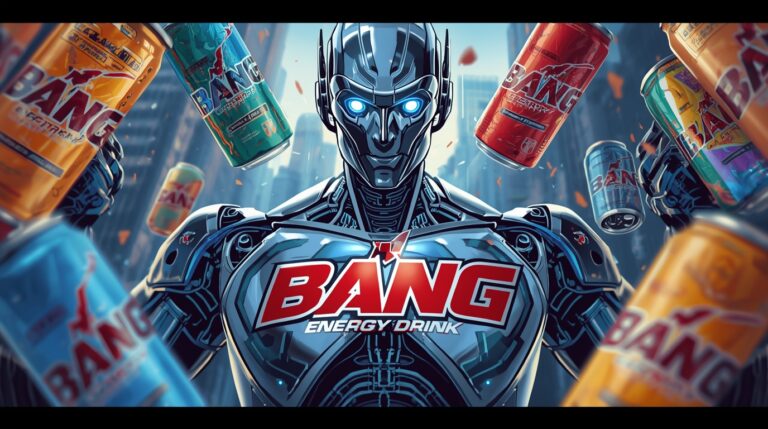How Much Caffeine Is in a Bang Energy Drink: Complete Guide
Introduction
Energy drinks are one of the most popular beverages among young adults, athletes, and busy professionals. Among these, Bang Energy has gained a massive following for its high caffeine content, zero sugar, and performance-boosting claims. Many people wonder how much caffeine is in a Bang Energy Drink, how it affects their body, and whether it is safe for daily consumption. In this guide, we will explore everything from caffeine levels, ingredients, side effects, energy-boosting benefits, and comparisons with other energy drinks. Keywords related to this article include caffeine in Bang Energy, Bang Energy drink effects, Bang Energy benefits, energy drink caffeine comparison, and safe caffeine intake.
Understanding the Energy Drink Phenomenon
how much caffeine is in a bang energy drink has become an increasingly common question among fitness enthusiasts, students, and professionals seeking a boost in energy and alertness. Energy drinks have transformed from a niche product to a mainstream staple in the beverage market. With busy lifestyles, irregular sleep schedules, and growing demands on mental and physical performance, people are turning to these how much caffeine in a bang energy drink beverages for an extra edge. Bang Energy has positioned itself as a premium option, known for its high caffeine content, unique flavors, and inclusion of performance-enhancing ingredients.
The rise in energy drink consumption has prompted questions about safety, efficacy, and proper usage. Understanding how much caffeine is in a bang energy drink is essential for both occasional consumers and regular users, as it affects how the body reacts to the drink. Awareness about caffeine levels helps individuals gauge their tolerance and avoid potential side effects such as jitteriness, insomnia, or increased heart rate.
The History and Rise of Bang Energy
Energy drinks first gained traction in the late 20th century, initially targeting athletes and students. Over the years, these beverages evolved, incorporating a variety of ingredients designed to enhance stamina, focus, and mood. Bang Energy entered the market with a formula that differentiates it from competitors, offering high caffeine content combined with amino acids, electrolytes, and vitamins.
When discussing how much caffeine is in a bang energy drink, it’s important to recognize the brand’s commitment to marketing transparency. Unlike older products that sometimes hid caffeine levels behind vague labeling, Bang Energy provides clear nutritional information, which helps consumers make informed decisions. This transparency has contributed to its popularity among fitness communities and young adults seeking quick energy solutions.
The Science Behind Caffeine
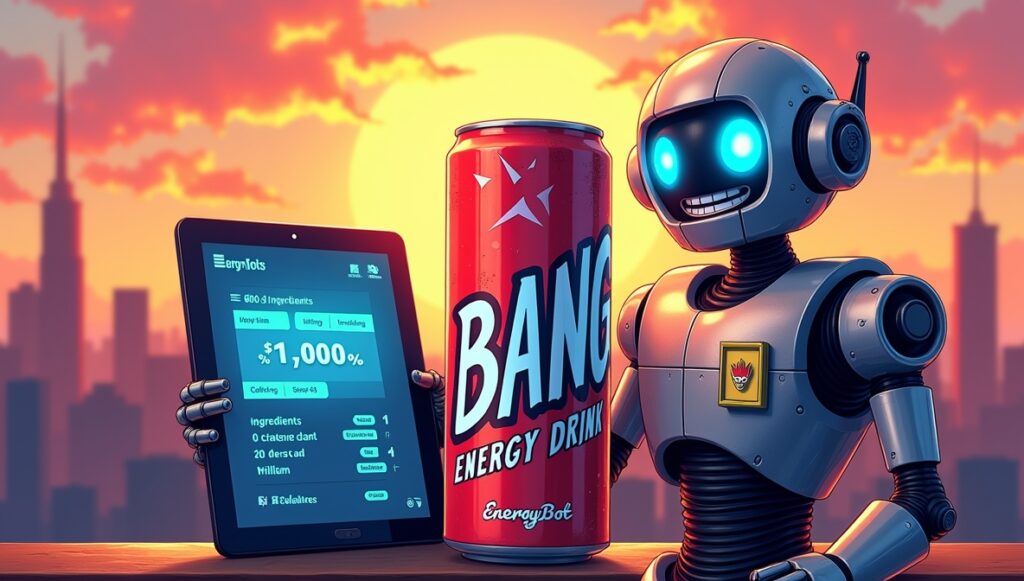
Caffeine is a natural stimulant found in coffee, tea, chocolate, and numerous energy drinks. It works by blocking adenosine receptors in the brain, which are responsible for promoting sleep and relaxation. By doing so, caffeine increases alertness, concentration, and reaction time. Understanding how much caffeine is in a bang energy drink is crucial because excessive consumption can lead to negative physiological effects.
For most healthy adults, moderate caffeine intake — typically up to 400 milligrams per day — is considered safe. However, Bang Energy contains significantly more caffeine per can compared to standard beverages, which necessitates caution. Consuming multiple cans in a short period can exceed safe limits, increasing the risk of side effects like anxiety, rapid heartbeat, and digestive issues.
The Ingredients in Bang Energy Drinks
While caffeine is the primary active ingredient, Bang Energy drinks also contain a blend of amino acids, BCAAs (branched-chain amino acids), electrolytes, and CoQ10. These ingredients are marketed to support muscle recovery, hydration, and mental performance. Knowing how much caffeine is in a bang energy drink helps contextualize the overall effects of the beverage on the body, since caffeine works synergistically with these other components.
For athletes or those engaging in high-intensity workouts, understanding the caffeine content allows them to integrate the drink safely into their training regimen. This ensures that energy levels are enhanced without overloading the cardiovascular system or causing unnecessary strain.
How Much Caffeine is in a Bang Energy Drink?
A single 16-ounce can of Bang Energy contains 300 milligrams of caffeine, which is significantly higher than many other energy drinks or a standard cup of coffee. The question of how much caffeine is in a bang energy drink often arises among new users, as this amount can produce pronounced effects even in individuals with moderate caffeine tolerance.
For comparison, an average 8-ounce cup of coffee contains about 80–100 milligrams of caffeine. This means that one Bang Energy can deliver the caffeine equivalent of three standard coffees. The high content contributes to heightened alertness, increased energy levels, and improved focus, but also underscores the importance of responsible consumption.
Benefits of Moderate Consumption
When consumed responsibly, Bang Energy drinks can provide notable benefits. The caffeine content helps improve mental clarity, combat fatigue, and support physical endurance during workouts. Additionally, the inclusion of amino acids and vitamins can complement overall wellness efforts. Understanding how much caffeine is in a bang energy drink allows consumers to measure intake against daily caffeine limits, optimizing benefits while minimizing risks.
For office workers, students, or anyone facing extended periods of mental exertion, one can in the morning or early afternoon can be a practical solution to maintain performance. It’s essential, however, to avoid mixing with other caffeinated beverages to prevent excessive intake.
Potential Risks and Side Effects
Despite its benefits, excessive consumption of Bang Energy drinks can pose risks due to the high caffeine concentration. Symptoms such as insomnia, nervousness, rapid heartbeat, and gastrointestinal disturbances can occur if the beverage is consumed in large quantities or late in the day. Those sensitive to caffeine should pay particular attention to how much caffeine is in a bang energy drink, as individual tolerance varies widely.
Health professionals often advise limiting energy drink consumption to no more than one can per day, especially for adolescents, pregnant women, or individuals with cardiovascular conditions. By maintaining awareness of caffeine content, users can enjoy the performance benefits of Bang Energy without jeopardizing their health.
Comparing Bang Energy with Other Energy Drinks
When compared to competitors, Bang Energy stands out for its high caffeine content and functional ingredient profile. Many traditional energy drinks contain 80–150 milligrams of caffeine per serving, making Bang Energy almost double or triple their strength. This comparison highlights why how much caffeine is in a bang energy drink is an essential question for informed consumers.
Moreover, the additional nutrients in Bang Energy, such as electrolytes and BCAAs, cater to fitness-focused individuals, giving it an edge over conventional beverages. These components can support hydration, reduce fatigue, and promote muscle recovery, making it more than just a stimulant.
Timing and Consumption Strategies
The timing of consumption significantly affects the effectiveness of energy drinks. Morning or early afternoon intake ensures the stimulant properties enhance productivity without disrupting sleep patterns. Understanding how much caffeine is in a bang energy drink helps individuals plan consumption strategically.
For athletes, consuming Bang Energy 30–60 minutes before training can maximize performance benefits. For students or office workers, a mid-morning boost can improve focus during critical periods of study or work. Avoiding late-day consumption reduces the risk of sleep disturbances, which can counteract the positive effects of caffeine.
Caffeine Tolerance and Sensitivity
Caffeine tolerance develops over time, influencing how the body reacts to energy drinks. Individuals who regularly consume coffee or other caffeinated beverages may find the effects of Bang Energy milder, while occasional users may experience stronger reactions. Being aware of how much caffeine is in a bang energy drink is vital for adjusting intake according to personal tolerance levels.
High tolerance can lead to increased consumption, which may not always be safe. Periodically taking breaks from caffeine allows the body to reset sensitivity, ensuring that energy drinks remain effective without causing negative side effects.
Combining Bang Energy with Physical Activity
Bang Energy is popular among athletes and gym-goers due to its potential to enhance energy, focus, and endurance. The caffeine content, combined with amino acids, helps improve performance during high-intensity workouts. Knowledge of how much caffeine is in a bang energy drink allows users to incorporate it safely into their exercise routines without overloading the system.
It is important to balance caffeine intake with proper hydration, as caffeine can have mild diuretic effects. Additionally, combining the drink with a balanced diet ensures that energy levels are sustained naturally, complementing the temporary boost from caffeine.
Common Misconceptions About Energy Drinks
Many consumers mistakenly believe that more caffeine always translates to better performance. While how much caffeine is in a bang energy drink is substantial, it’s not a substitute for proper nutrition, hydration, or rest. Overreliance on energy drinks can mask fatigue, leading to reduced recovery and potential burnout.
Another misconception is that all energy drinks are similar. Bang Energy distinguishes itself with its high caffeine content and additional functional ingredients, whereas many beverages rely primarily on sugar and moderate caffeine for short-lived energy spikes. Understanding these differences allows consumers to make informed choices that align with their goals.
Recommendations for Safe Use
Experts recommend limiting Bang Energy consumption to a single can per day, especially for individuals new to high-caffeine beverages. Monitoring how much caffeine is in a bang energy drink helps users avoid surpassing safe daily limits, which is typically around 400 milligrams for healthy adults.
In addition to limiting quantity, it’s advisable to avoid combining the drink with other stimulants such as coffee, pre-workout powders, or certain medications. By adhering to these guidelines, consumers can enjoy the benefits of Bang Energy safely and effectively.
The Role of Marketing and Branding
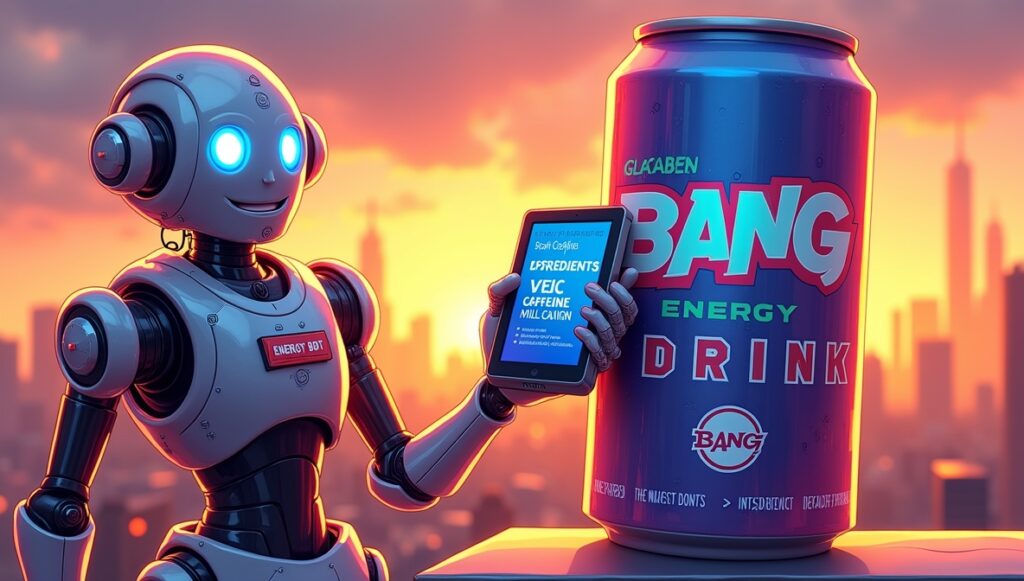
Bang Energy has effectively leveraged marketing strategies targeting fitness enthusiasts, gamers, and social media users. Eye-catching designs, influencer endorsements, and social campaigns emphasize both taste and performance. Questions like how much caffeine is in a bang energy drink are commonly addressed in promotional content, helping users understand the product and set realistic expectations.
This transparency strengthens consumer trust and positions Bang Energy as a credible choice in a crowded marketplace. Clear labeling, informative content, and responsible messaging all contribute to its strong brand reputation.
Conclusion: Making Informed Choices
In conclusion, understanding how much caffeine is in a bang energy drink is crucial for anyone considering its consumption. The high caffeine content, combined with additional functional ingredients, provides tangible benefits when used responsibly. Consumers must be aware of their own tolerance, plan timing strategically, and adhere to safe consumption limits.
Bang Energy represents a modern approach to energy drinks, balancing potency, flavor, and functionality. Its popularity underscores the growing demand for beverages that do more than provide temporary alertness — they enhance performance, support fitness, and integrate seamlessly into busy lifestyles. By making informed decisions based on caffeine content, consumers can enjoy Bang Energy safely while maximizing its potential benefits.
